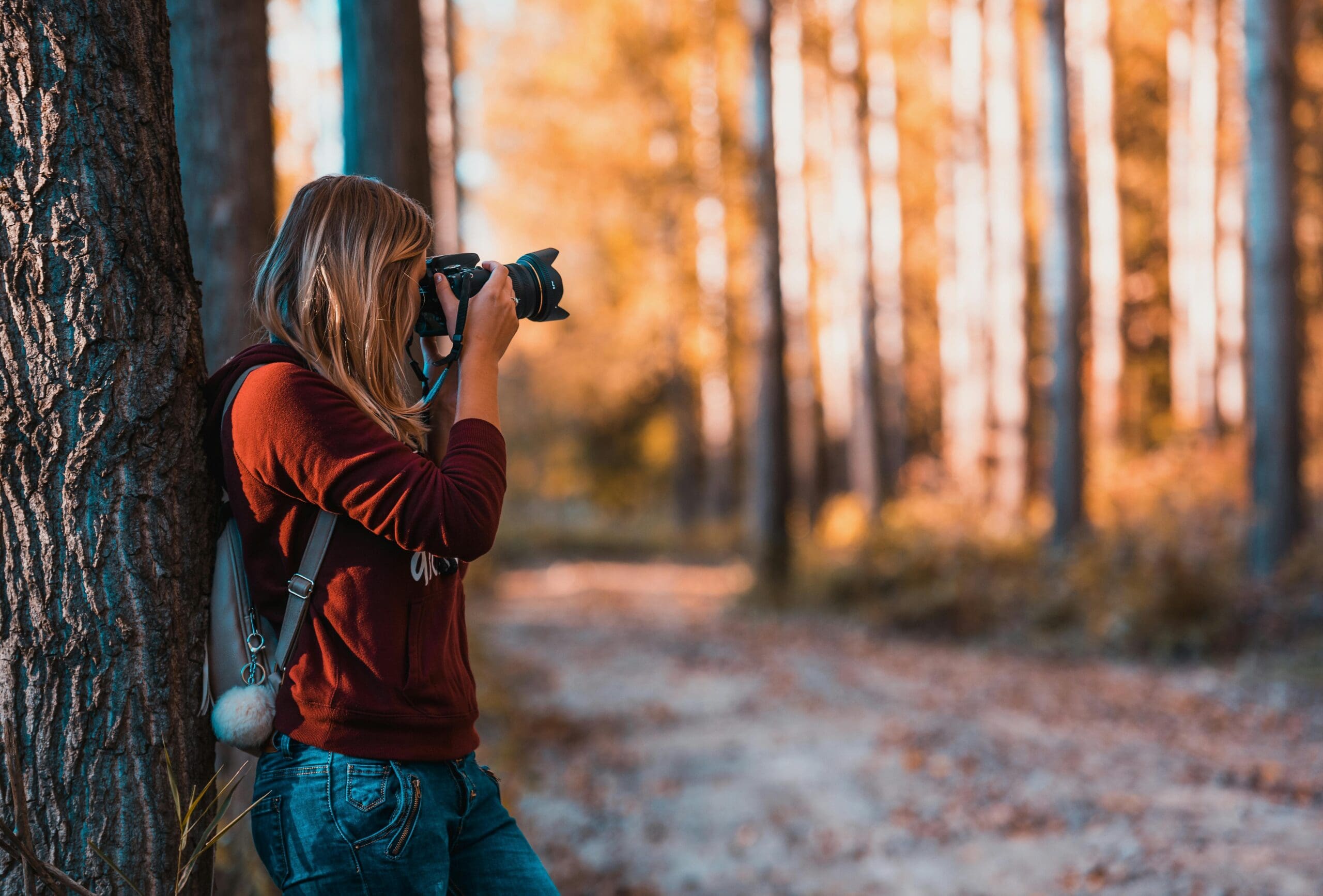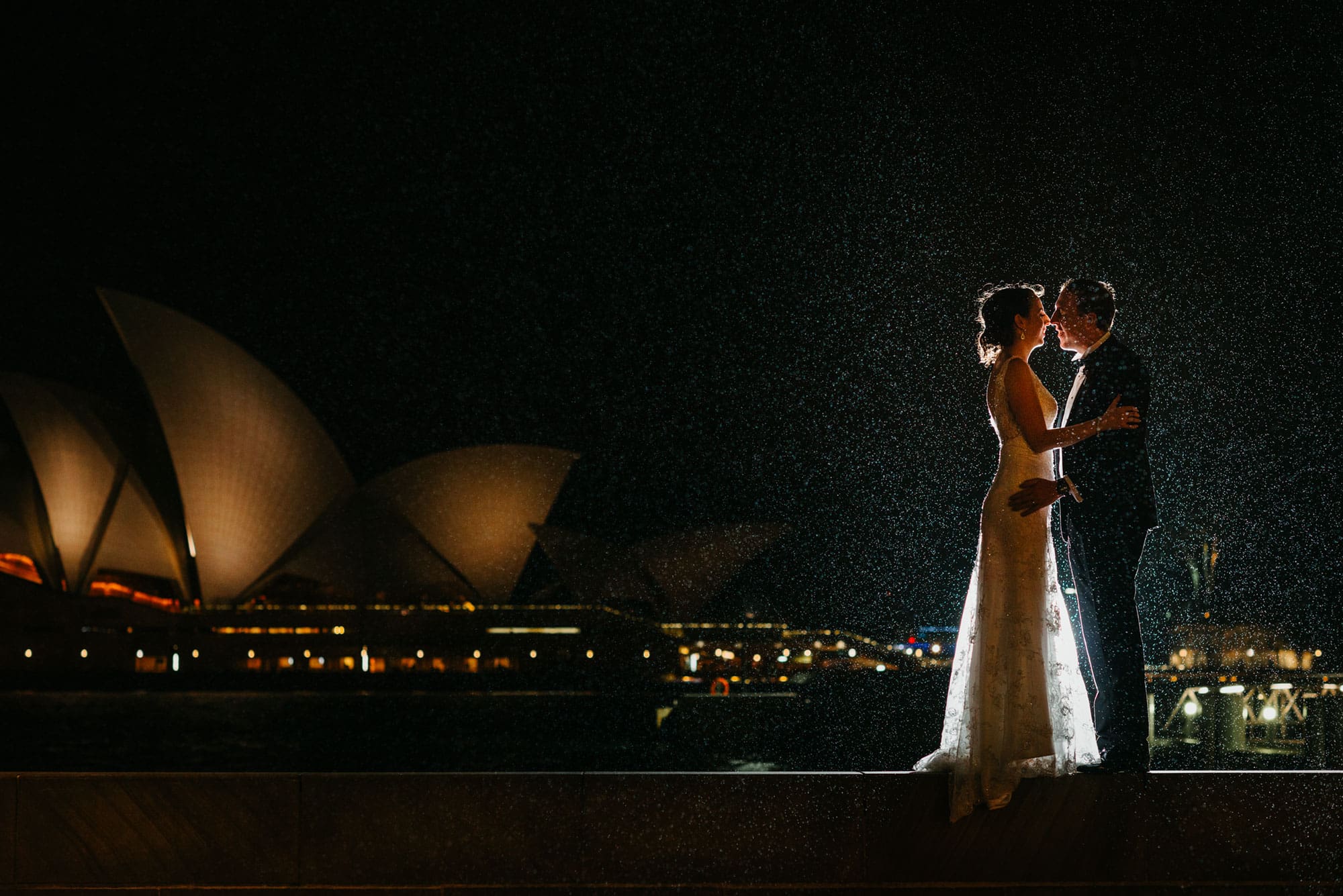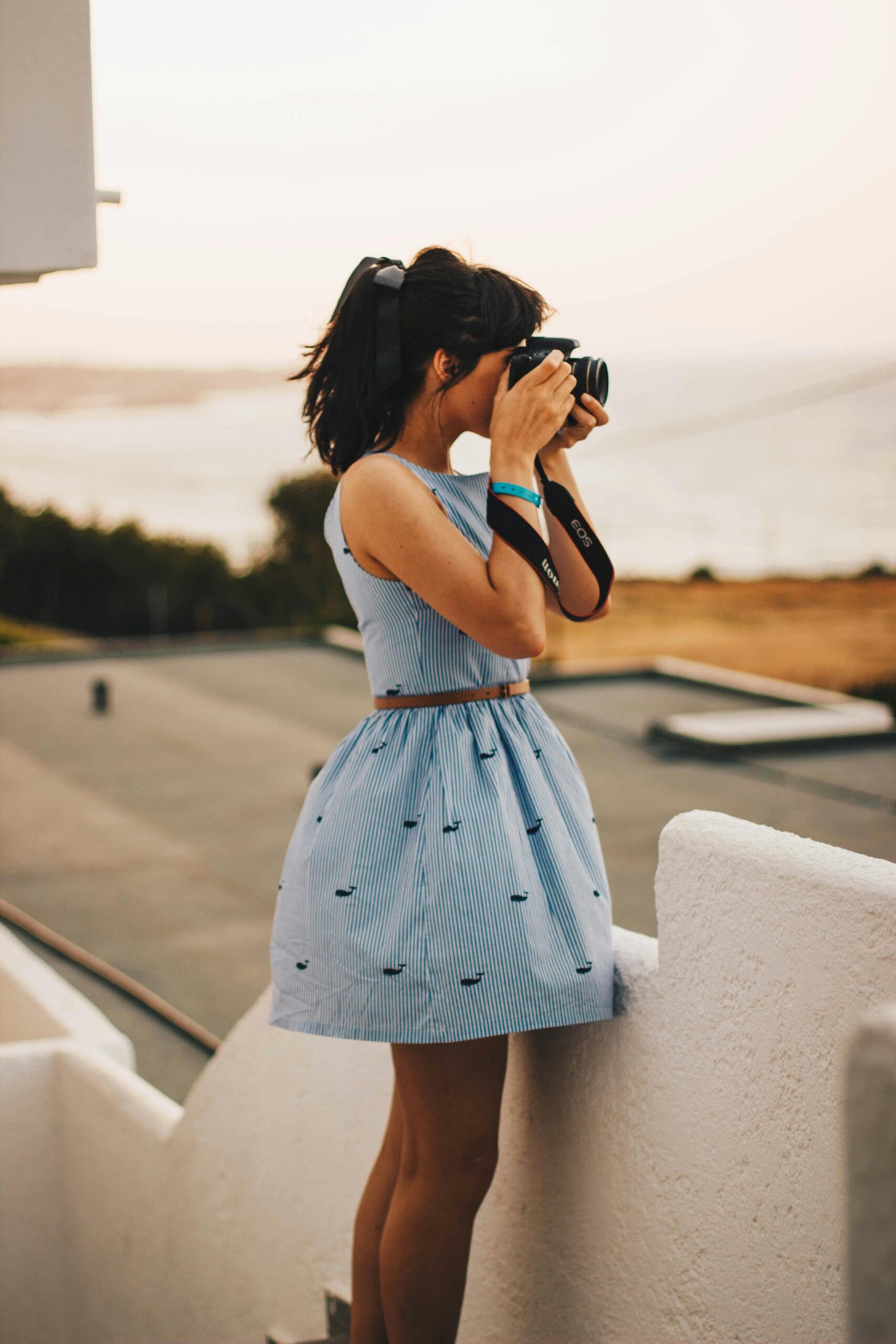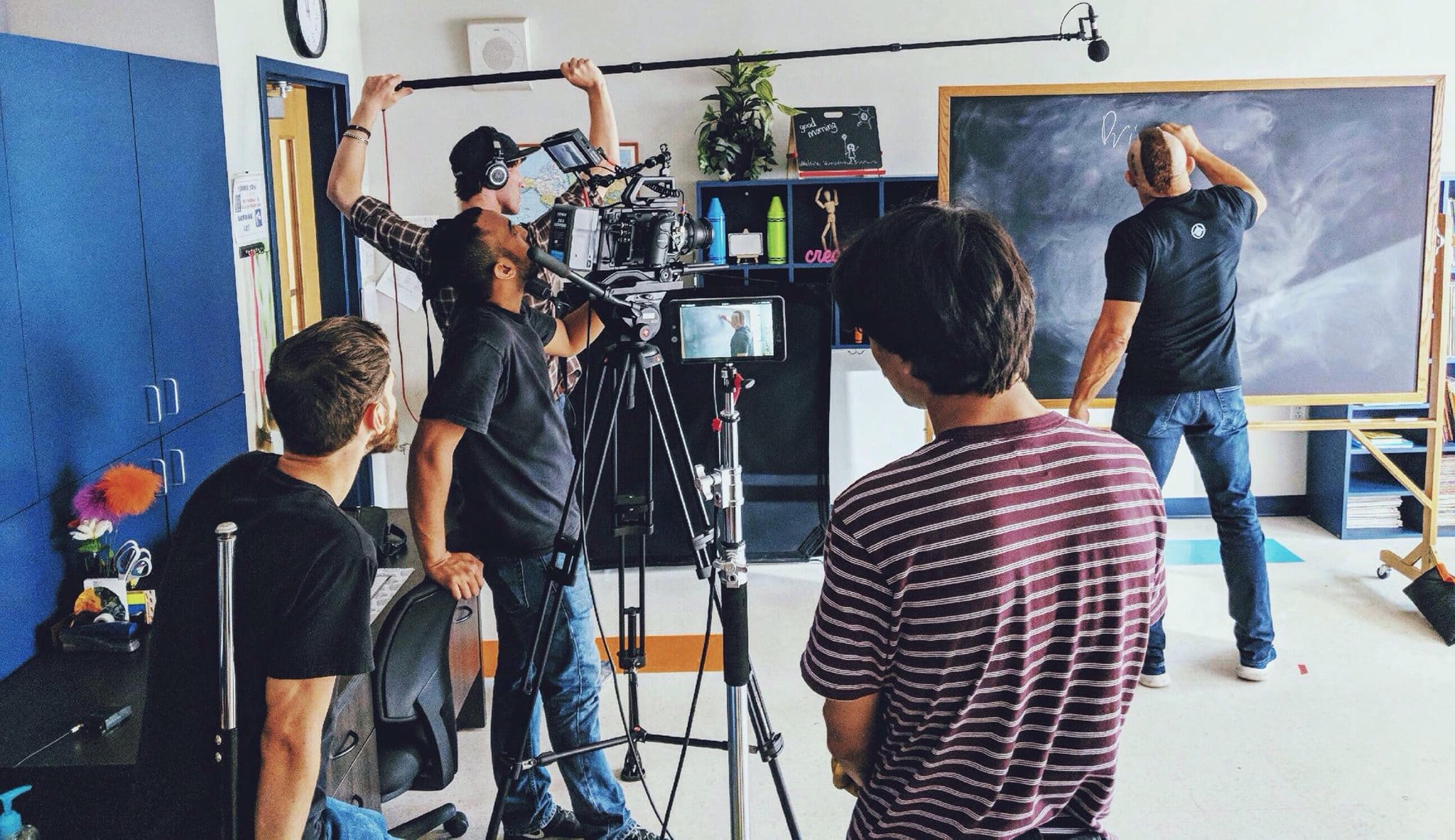Great technical execution means nothing if your composition is weak. Composition—how you arrange elements within your frame—separates compelling photographs from mere snapshots. Many photographers master camera settings but struggle with composition, wondering why their technically perfect images lack impact. This comprehensive guide identifies the most common composition mistakes photographers make and provides actionable solutions for creating visually compelling images that hold viewers’ attention.
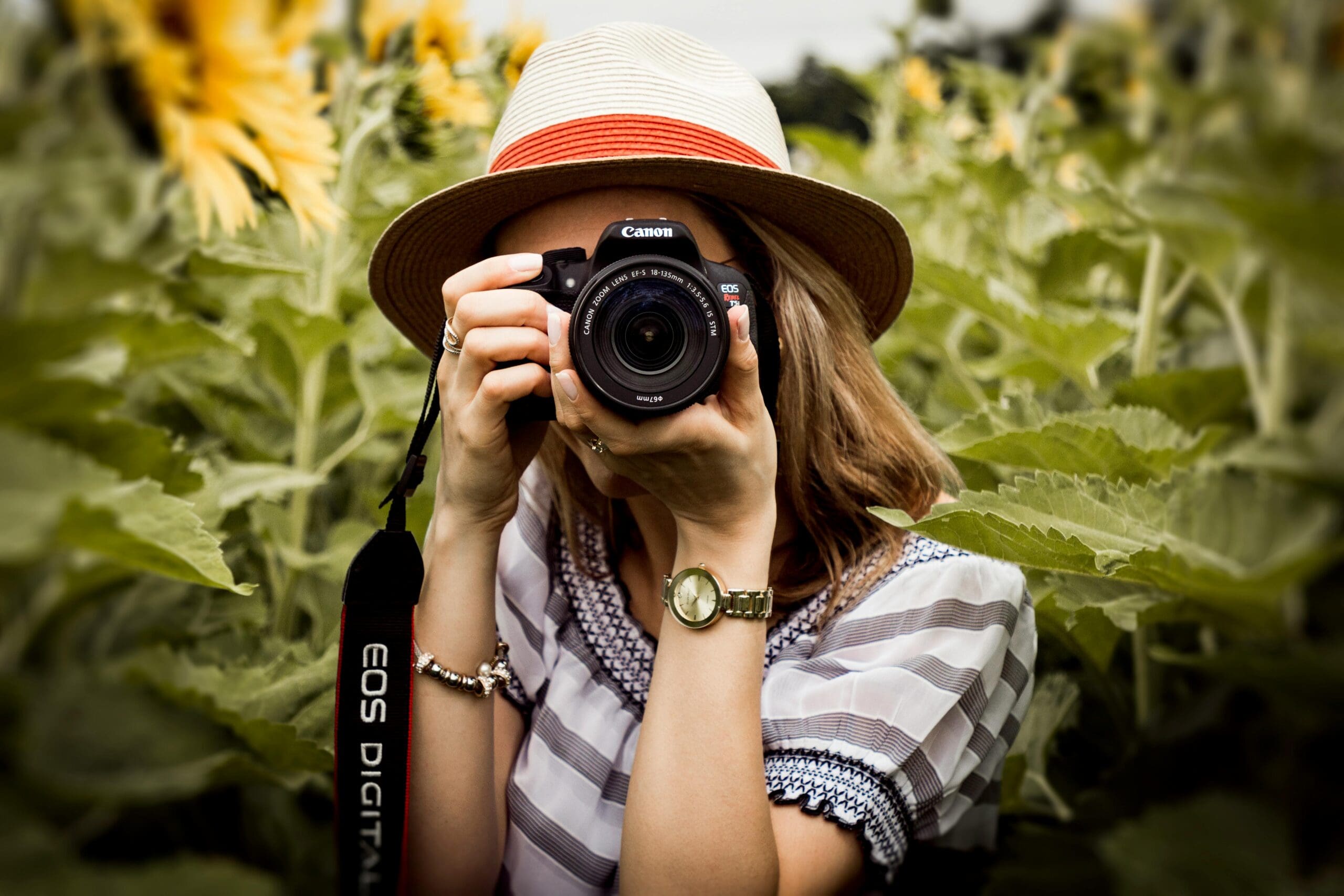
Why Composition Matters More Than Technical Perfection
You can have perfect exposure, tack-sharp focus, and beautiful light, but poor composition will ruin your image. Conversely, compelling composition can salvage images with technical imperfections. According to Digital Photography School’s composition research, viewers form impressions of photographs within 2-3 seconds, and composition determines whether they continue looking or move on.
Composition controls:
- Where viewers look first in your image
- How their eyes move through the frame
- What emotions your image evokes
- Whether your image feels balanced or chaotic
- How effectively your message is communicated
Professional photographers understand composition intuitively through years of practice, but anyone can learn these principles and dramatically improve their photography.
Mistake 1: Centring Every Subject (Bull’s-Eye Syndrome)
The Problem: Placing your subject dead-centre in every photograph creates static, uninteresting images. This “bull’s-eye” composition is the default for beginners because it’s the easiest approach, but it rarely creates compelling photographs.
Centred composition lacks tension, movement, and visual interest. Your subject sits in the safest possible position, creating predictable, boring images that don’t engage viewers.
The Solution: Rule of Thirds
The rule of thirds divides your frame into nine equal sections with two horizontal and two vertical lines. Placing your subject or key elements at the intersection of these lines creates more dynamic, visually interesting compositions.
According to Cambridge in Colour’s composition tutorials, images following rule of thirds principles score higher in viewer engagement studies than centred compositions.
How to implement:
- Enable grid overlay in your camera or app settings
- Position subjects at intersection points (not just anywhere on the lines)
- Align horizons with upper or lower horizontal line, never centre
- Give subjects “looking room” or “moving room” toward the open side of frame
When to break this rule:
- Symmetrical subjects like architectural features
- Abstract compositions where symmetry is the point
- Environmental portraits where subject is intentionally small in frame
If you’re building foundational photography skills including composition mastery, our Photography course covers compositional theory extensively with practical exercises for developing your visual awareness.

Mistake 2: Ignoring the Background
The Problem: Photographers focus so intently on their main subject that they don’t notice distracting background elements: tree branches appearing to grow from heads, bright colours drawing attention away from the subject, or cluttered environments creating visual chaos.
Background matters as much as foreground. Distracting backgrounds destroy otherwise excellent photographs and communicate lack of attention to detail.
The Solution: Background Awareness
Before pressing the shutter, scan the entire frame—particularly edges and areas behind your subject. Look for distractions and adjust your position, angle, or depth of field to eliminate them.
Techniques for background control:
- Move yourself or your subject to find cleaner backgrounds
- Use wider apertures (f/1.8-f/2.8) to blur busy backgrounds
- Shoot from different angles—sometimes higher or lower perspectives solve background problems
- Use background elements intentionally to complement rather than distract from subjects
- In portraits, watch for poles, signs, or objects appearing to grow from subject’s head
Background assessment checklist:
- Are there bright spots drawing attention from subject?
- Do any lines intersect awkwardly with subject?
- Is background too cluttered or too plain?
- Does background colour complement or clash with subject?
- Are there any distracting people or objects in background?
Professional portrait photographers often scout locations specifically for background quality, not just foreground appeal.

Mistake 3: Too Much Empty Space (or Not Enough)
The Problem: Including too much empty space makes subjects feel lost and insignificant. Too little space creates cramped, claustrophobic compositions lacking breathing room. Both extremes create compositional problems, though opposite problems.
The Solution: Intentional Negative Space
Negative space—areas without significant detail or activity—should serve compositional purposes. Use it deliberately to:
- Direct attention to your subject
- Create mood and atmosphere
- Provide rest for the viewer’s eye
- Suggest scale or isolation
- Establish context
According to Photography Life’s negative space guide, effective use of negative space creates more impactful images than filling every inch of frame with detail.
Guidelines for negative space:
- Portrait orientation suits subjects that are vertical (standing people, tall buildings)
- Landscape orientation suits horizontal subjects (landscapes, reclining subjects)
- Include intentional empty space in the direction subject is facing or moving
- Minimalist compositions benefit from significant negative space (70-80% of frame)
- Busy subjects or complex scenes need less negative space to avoid feeling cramped
Quick fix: If composition feels wrong, try both tighter crop and wider view. Sometimes the solution is opposite what you initially think.

Mistake 4: Horizon Not Level
The Problem: Tilted horizons look unprofessional and create unsettling, unbalanced feelings. This is one of the most basic mistakes yet remains surprisingly common, particularly in landscape photography.
Even slight horizon tilts are noticeable and distracting. Our brains are incredibly sensitive to vertical and horizontal alignments—deviations are immediately obvious.
The Solution: Level Horizons (Unless Intentionally Breaking the Rule)
Keep horizons perfectly level using your camera’s built-in level indicator or carefully checking your frame before shooting.
Tools and techniques:
- Enable electronic level indicator in camera viewfinder or LCD
- Use physical bubble levels in hot shoe (for cameras without electronic levels)
- Align horizon with camera’s focus point markers or grid lines
- In post-processing, use software’s straighten tool if needed
When to intentionally tilt:
- Dutch angle (tilted horizon) for creative, unsettling effect
- Following existing lines in architecture
- Dramatic perspective in action shots
If tilting intentionally, commit fully—slight tilts look like mistakes, whilst obvious 20-30 degree tilts look intentional.
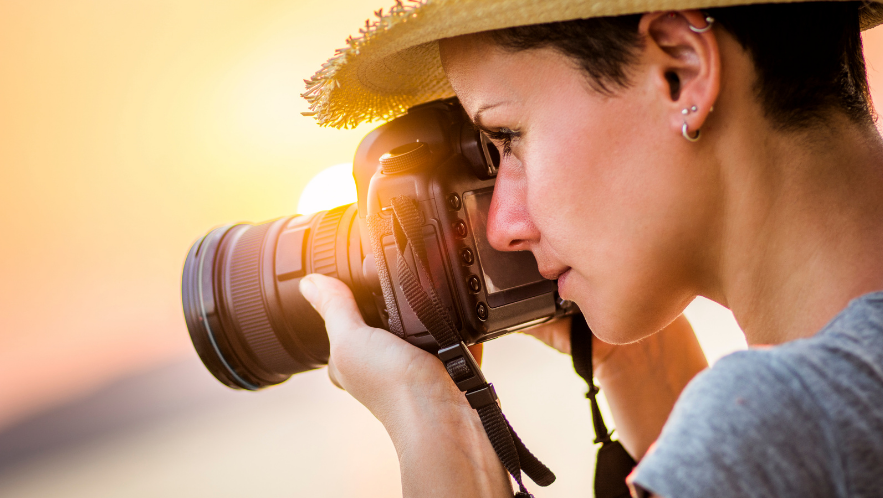
Mistake 5: No Clear Subject or Focal Point
The Problem: Photographs without a clear main subject confuse viewers. They don’t know where to look, what the photograph is about, or what you’re trying to communicate. This happens when photographers try to include too much or haven’t clearly identified what they’re photographing.
According to The Art of Photography studies, images with clear focal points hold viewer attention 3-4x longer than images where the subject is ambiguous.
The Solution: One Clear Subject
Every photograph should have a clear answer to “What is this photograph about?” Your composition should guide viewers immediately to that answer.
Creating clear focal points:
- Use selective focus to blur less important elements
- Position subject where natural viewing patterns land (rule of thirds intersections)
- Use contrast—place darker subjects against lighter backgrounds or vice versa
- Size matters—make your subject larger than surrounding elements
- Use leading lines to guide eyes toward your subject
- Isolate subjects using depth of field, framing, or negative space
Testing your composition: Show your image to someone for 2 seconds, then ask what they saw first. If they don’t immediately identify your intended subject, your composition needs work.

Mistake 6: Crooked Vertical Lines
The Problem: Buildings, trees, lampposts, and other vertical elements that lean at angles look unnatural and sloppy. This happens when tilting your camera upward to photograph tall subjects, creating converging vertical lines (keystoning).
The Solution: Proper Perspective and Correction
In-camera solutions:
- Step back and use longer focal length (compresses perspective)
- Find elevated shooting position to minimize upward tilt
- Use tilt-shift lenses for architectural photography (expensive but effective)
- Accept some convergence but keep camera as level as possible
Post-processing correction:
- Use perspective correction tools in Lightroom or Photoshop
- Transform > Vertical slider adjusts perspective
- Be aware that correction crops image significantly
- Shoot wider than needed to allow for correction crop
Modern editing software makes perspective correction easy, but it’s always better to get it right in camera when possible.
Mistake 7: Mergers and Tangents
The Problem: Mergers occur when separate elements appear to touch or overlap in ways that create visual confusion or awkwardness. Common examples include:
- Horizon line cutting through subject’s neck
- Background objects appearing to grow from subject’s head
- Foreground and background elements merging into indistinguishable masses
- Subject’s limbs merging with each other or background elements
These problems happen because cameras compress three-dimensional scenes into two-dimensional images, removing depth cues our eyes use naturally.
The Solution: Awareness and Small Adjustments
Scan your frame for potential mergers before shooting. Small position adjustments often solve these problems.
Specific fixes:
- Move slightly left or right to separate merged elements
- Change shooting height to alter vertical relationships
- Use depth of field to blur problematic background elements
- In portraits, ensure clear space between limbs and separate body parts
- Watch for horizon lines—never let them cut through faces or important features
This is where shooting discipline separates professionals from amateurs. Professionals catch these issues before pressing the shutter; amateurs discover them in post-processing when it’s too late.
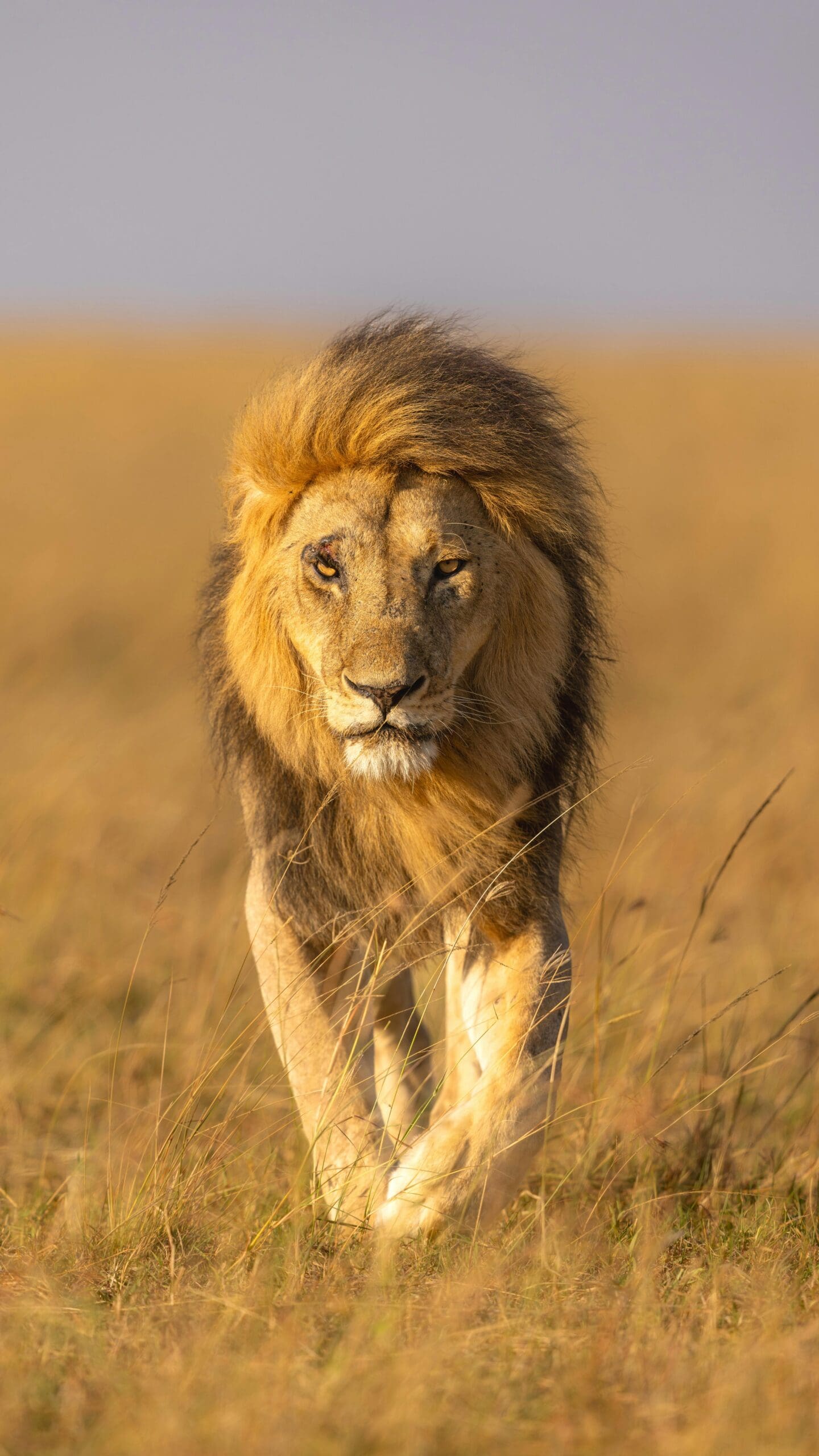
Mistake 8: Poor Use of Leading Lines
The Problem: Leading lines are powerful compositional tools, but poorly used lines lead viewers’ eyes away from your subject, into frame corners, or out of the image entirely. Lines that don’t lead anywhere or lead to empty space waste the viewer’s attention.
The Solution: Intentional Leading Lines
Use natural or man-made lines to guide viewers’ eyes toward your main subject. Effective leading lines create visual pathways that organize and simplify compositions.
Types of leading lines:
- Roads, paths, and trails
- Rivers, shorelines, and water edges
- Fences, railings, and walls
- Architectural elements (columns, building lines)
- Natural features (fallen trees, rock formations)
- Shadows and light patterns
Guidelines for leading lines:
- Lines should lead TO your subject, not away from it
- Multiple converging lines create strong focal points
- Curved lines are often more interesting than straight lines
- Diagonal lines create more energy than horizontal or vertical lines
- Lines from foreground to background create depth
Our Professional Photography course includes extensive modules on compositional techniques including leading lines, with practical assignments for developing your compositional eye.
Mistake 9: Lack of Foreground Interest
The Problem: Landscape photographs often lack foreground elements, creating flat, two-dimensional images without depth. Empty foregrounds make it difficult for viewers to enter the image visually and provide no sense of scale or depth.
The Solution: Incorporate Foreground Elements
Including interesting foreground elements creates three-dimensional depth and gives viewers an entry point into your image. This technique is essential for compelling landscape photography.
Effective foreground elements:
- Rocks, flowers, or interesting textures
- Leading lines starting in foreground
- Water reflections or patterns
- People or animals for scale
- Shadows and light patterns
Techniques:
- Get low—shooting from ground level emphasizes foreground
- Use wide-angle lenses (16-35mm) to exaggerate perspective
- Use smaller apertures (f/11-f/16) to keep foreground and background sharp
- Focus stack if necessary for front-to-back sharpness
- Balance foreground interest with background—neither should overpower the other
According to National Geographic photography guides, compelling landscape photographs almost always include strong foreground interest that creates depth and dimensionality.

Mistake 10: Ignoring Light Direction
The Problem: Photographing subjects with light direction that doesn’t complement them creates flat, unflattering results or extreme contrast. Front lighting flattens subjects, whilst harsh side or backlighting creates problems most beginners can’t manage.
The Solution: Understand and Use Light Direction
Different light directions create different moods and effects. Choose light direction based on your subject and desired outcome.
Light direction types:
- Front lighting: Light behind photographer, hitting subject directly. Safe but flat.
- Side lighting: Light from 45-90 degrees creates dimension and texture
- Backlighting: Light behind subject creates silhouettes or glowing rim light
- Top lighting: Overhead light (harsh midday sun) creates unflattering shadows
- Diffused lighting: Cloudy days or shade provide soft, even light
Practical application:
- Portrait photography: 45-degree side lighting (window light, off-camera flash)
- Landscape photography: Side lighting emphasizes textures and landforms
- Silhouettes: Backlight with exposed for background
- Product photography: Soft, diffused front-ish lighting shows detail
Position yourself and your subject relative to light sources deliberately, not randomly.
People Also Ask
What’s the most important composition rule for beginners? Start with the rule of thirds—it’s simple to understand and dramatically improves most photographs. Enable your camera’s grid overlay and practice placing subjects at intersection points until it becomes second nature. Once comfortable with rule of thirds, learn when and how to break it intentionally for specific effects.
How do I know if my composition is good? Good compositions guide viewers’ eyes deliberately through the frame, have a clear subject, create visual balance, and evoke the intended emotion. Test by showing images to others—if they immediately understand what you’re photographing and find the image pleasing, your composition works. If confused or unengaged, revise your approach.
Should I crop images after shooting or get composition right in-camera? Strive for correct composition in-camera, but don’t hesitate to crop if it improves the image. In-camera composition develops your compositional eye and captures maximum resolution. However, slight crops for fine-tuning are normal in professional photography. Just avoid relying on cropping to fix fundamental compositional problems—this is a crutch that prevents skill development.
Do professional photographers use the rule of thirds or break it? Both. Professionals understand composition rules thoroughly, which allows them to break rules effectively when appropriate. The rule of thirds works for approximately 70-80% of situations. The remaining 20-30% benefit from other approaches (symmetry, golden ratio, dynamic symmetry, etc.). Learn rules first, then experiment with breaking them intentionally.

Developing Your Compositional Eye
Practice Exercises
Exercise 1: Single Subject, Ten Compositions Photograph one subject from ten different positions, angles, and distances. Compare results to understand how small changes dramatically affect composition.
Exercise 2: Rule of Thirds Challenge Spend one week placing every subject at rule of thirds intersections. This ingrains the practice until it becomes automatic.
Exercise 3: Background Awareness Before each photograph, scan the entire frame specifically looking for distractions. Train yourself to see the complete frame, not just your subject.
Exercise 4: Study Master Photographers Analyse work by photographers you admire. How do they compose images? Where are subjects placed? How do they use negative space and leading lines? Recreate their compositions as learning exercises.
Learning from Your Mistakes
Review your images critically:
- Which compositions feel weakest?
- What specific problems do you notice repeatedly?
- Which images attract the most positive feedback?
- What compositional elements make those images successful?
Keep unsuccessful images and revisit them periodically. Understanding what doesn’t work is as valuable as knowing what does.

Beyond Basic Composition Rules
Once you’ve mastered fundamental principles, explore advanced compositional concepts:
Golden Ratio/Fibonacci Spiral: More sophisticated than rule of thirds, based on mathematical proportions found in nature
Dynamic Symmetry: Using diagonal relationships to create visual harmony
Gestalt Principles: How humans perceive and organize visual elements
Colour Theory: How colours interact and affect composition
Visual Weight: How different elements command attention based on size, contrast, colour, and position
These advanced concepts build on fundamentals—don’t skip basics to pursue advanced theory.
The Path to Compositional Mastery
Composition improves through deliberate practice and critical self-analysis. Shoot regularly, study excellent photographs, and continuously evaluate your work honestly. Over time, strong composition becomes intuitive—you’ll naturally see potential images in everyday scenes and instinctively position elements effectively.
Remember that rules exist to help you create effective images, not constrain creativity. Once you understand why rules work, you can break them purposefully to create specific effects. The difference between amateur and professional compositions isn’t following rules—it’s understanding principles so thoroughly that you can apply them instinctively to any situation.
Your journey from making these common composition mistakes to creating visually compelling images requires patience and practice. Every photographer makes these mistakes initially—what separates those who improve from those who plateau is conscious attention to composition and willingness to learn from every frame. Keep shooting, keep learning, and watch your compositional skills transform from liability to significant strength.
